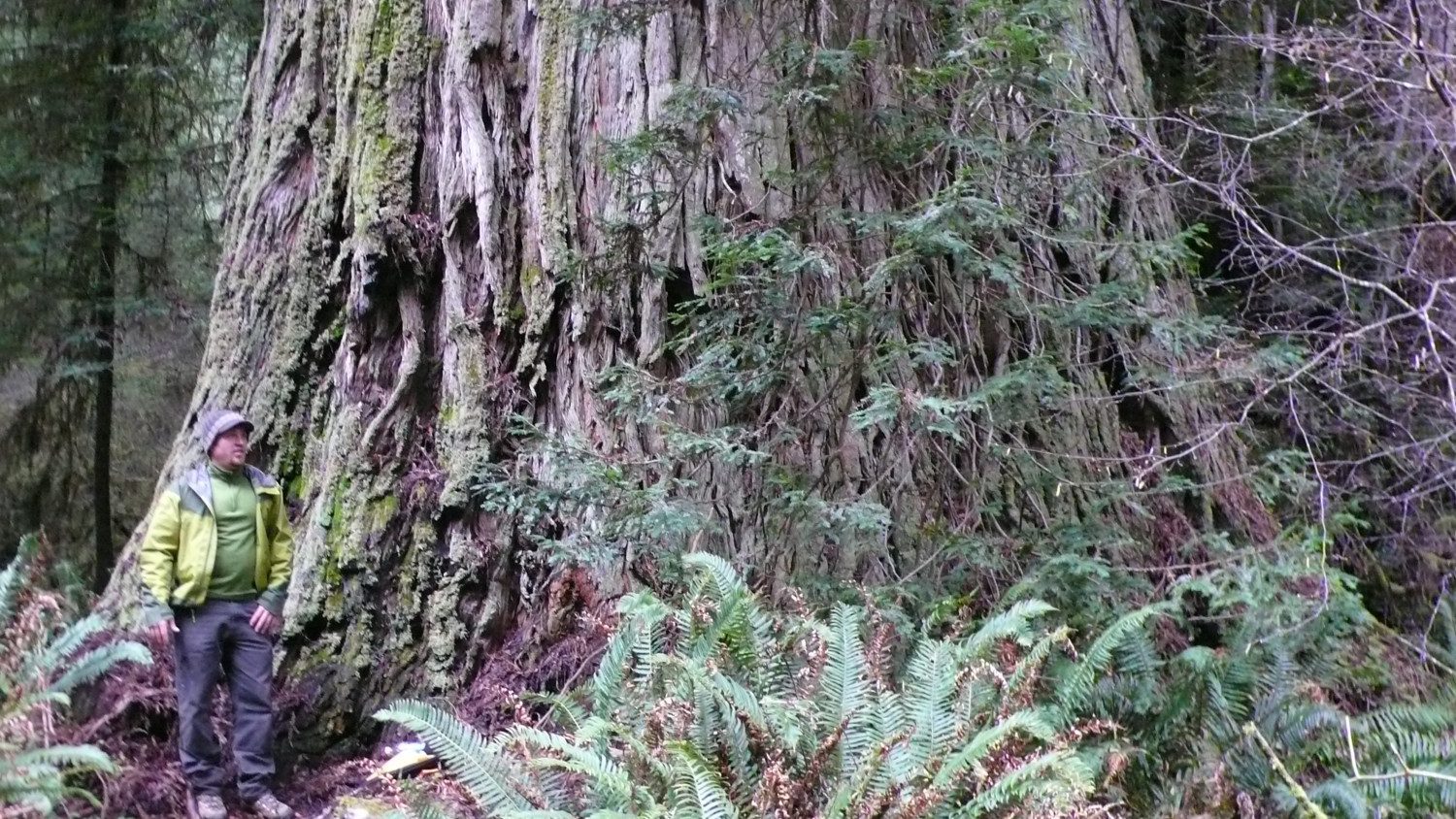Around the world, there is a lot of disagreement over the best way to address the emissions problem. Some believe that investment in carbon capture and storage technology, which tackles emissions at the source and stores them underground, is the key to offsetting a changing climate. Others think we should abandon fossil fuels entirely, and focus our resources on developing large-scale solar and wind farms to supplement global energy needs. However, one Michigan nonprofit is working on a more conventional approach – planting more trees.
It isn’t actually that simple, but the reality is something out of a science fiction novel.
At the Archangel Ancient Tree Archive in Copemish, Michigan, the belief of founder David Milarch is that cloning existing samples of the world’s most environmentally resilient trees is key for maintaining our planet’s air quality for generations to come.
According to Milarch, these previous generations of trees were more readily equipped to survive droughts, as well as extreme weather conditions like forest fires. “We need to reforest this planet,” said the climate advocate about his mission. “Every single person, every man, woman, and child can pay it forward.”
Part of the inspiration for Milarch’s thesis came from a single seedling, whose journey across the continental United States sounds like something out of the opening montage of a Pixar movie. It all began in 1948 when Edward Gray and his wife Gertrude went on a vacation to California. There, they became so awestruck by the western foliage that they decided to bring a handful of Manistee sequoia seedlings back to their Michigan home, despite warnings that those types of trees were unable to survive in the less-than-temperate environment of the midwest. Nevertheless, the Grays planted the six seedlings on their farm and were pleasantly surprised when three of them actually began to grow.
Now 72 years later, the trio remains standing at what is now the Lake Bluff Bird Sanctuary. One of the three has notably outgrown the others and is now over 100 feet tall as of 2016. This particular tree has proved both puzzling and inspiring for researchers throughout the region.
“Any giant sequoia surviving, and particularly any thriving, at or near the then-known edge of its potential range, provides an important data point as we consider where to possibly plant this species as climate changes,” says Dr. Bill Libby, who works as a professor emeritus of forestry and genetics at the University of California-Berkeley.
While it’s no secret that the alternative heating and cooling effect of nearby Lake Michigan has had some impact on the tree’s size and longevity in a climate that is historically not conducive to sequoias, the lion’s share of the credit goes to the tree’s particular genetic makeup. Archangel has capitalized on this with a new process called micropropagation that allows them to actually clone the tree. “We put seedlings from 3,000-year-old trees inside a sealed jar, and in two months, roots will form,” said Milarch. “In two years, through micropropagation, we can make 2 million copies of 3,000-year-old giant sequoias and redwoods and their clocks have been set back to zero.”
If Archangel’s mission proves successful, we could potentially repeat this process across a variety of trees and other plant types around the world. Places that were previously thought to be uninhabitable might eventually become full of life, slowly helping to purify the world’s air supply through relatively natural means. “We were told 10 years ago that what we’re doing was impossible,” said Milarch in reference to those who criticized the practicality of such an idea. “Our motto around here is, ‘The impossible just takes longer.'”





